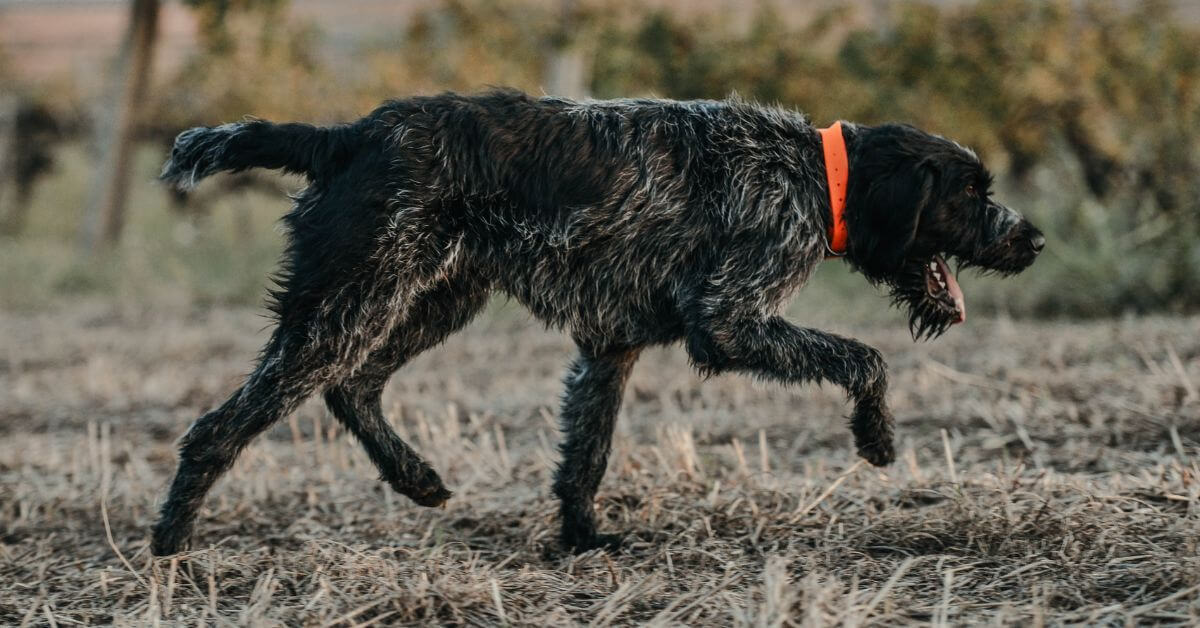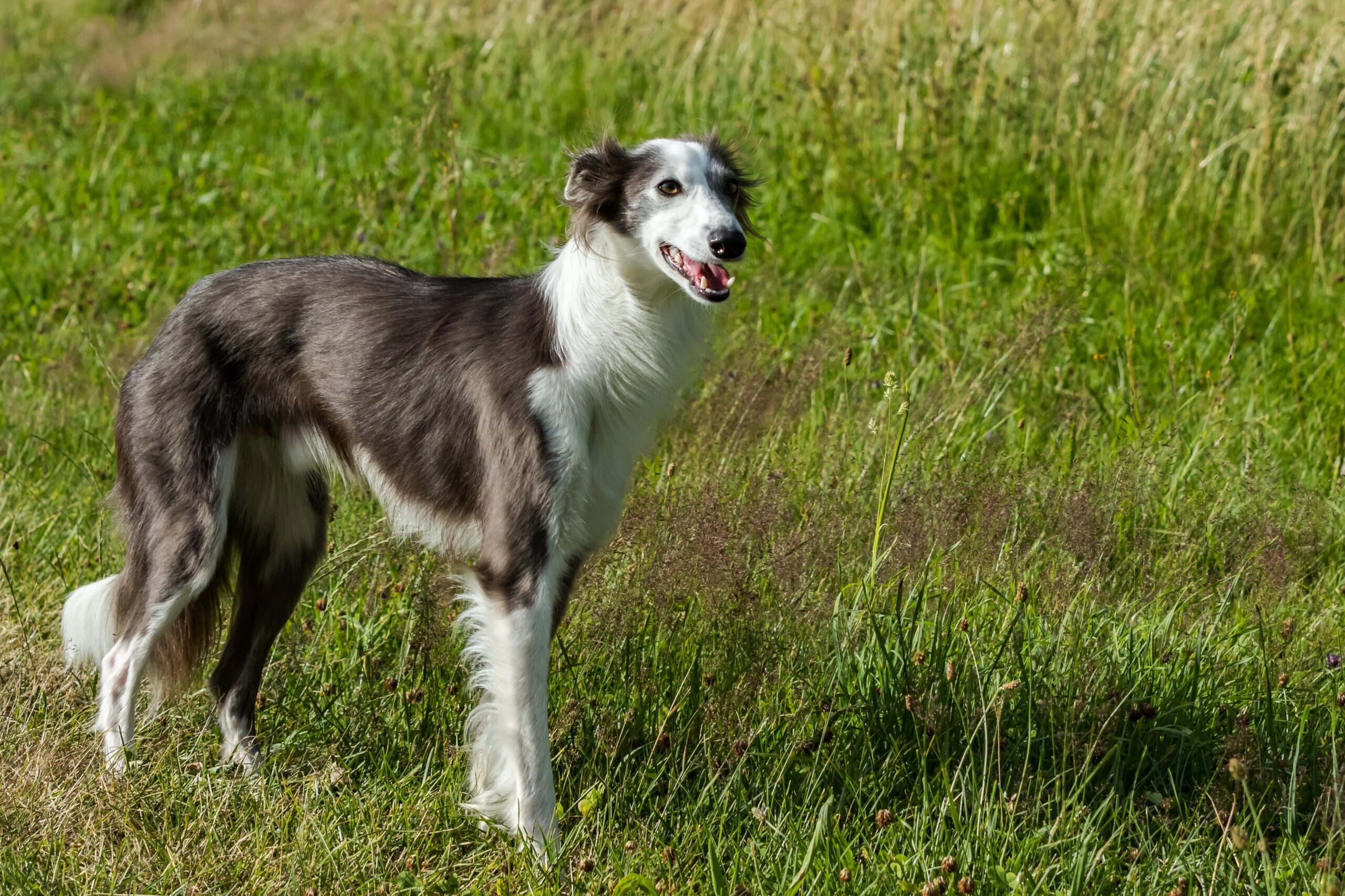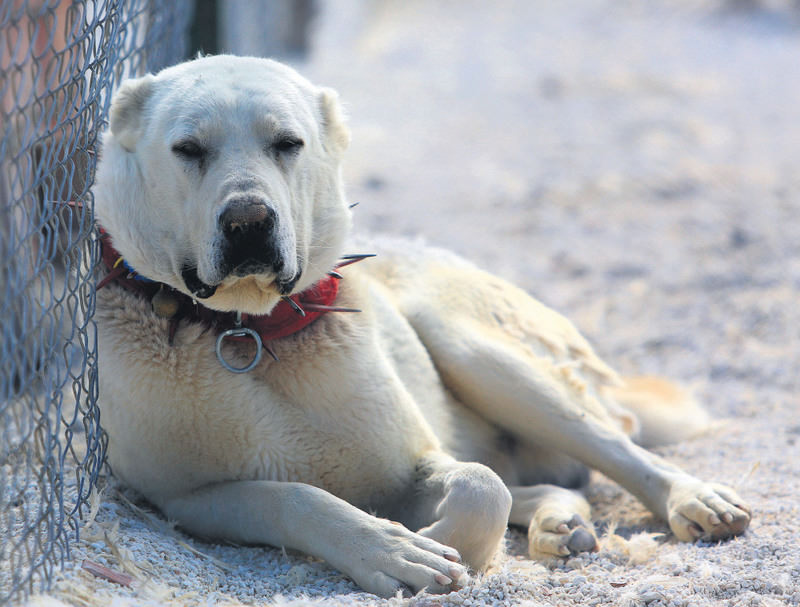Introduction
The German Wirehaired Pointer, also known as the Deutsch Drahthaar, is a versatile hunting dog originally developed in Germany. It is highly prized for its hunting abilities, loyalty, and trainability. The breed has a distinctive appearance with a wiry coat that is weather-resistant and provides excellent protection in harsh environments. The German Wirehaired Pointer is an active and energetic breed that requires plenty of exercise and mental stimulation to thrive.
German Wirehaired Pointer Temperament

The German Wirehaired Pointer is a versatile hunting breed with a loyal, affectionate, and intelligent personality. They are known for their boundless energy and love of adventure, making them an excellent choice for active families who enjoy outdoor activities. German Wirehaired Pointers are also independent thinkers and can be stubborn at times, so they require consistent and firm training to ensure good behavior. With proper socialization and training, they can make excellent companions for active and experienced dog owners
Aggression
German Wirehaired Pointers are generally not aggressive dogs. However, like all dogs, they can become aggressive if they feel threatened or if they are not properly socialized and trained. It is important to provide them with adequate socialization, training, and exercise to prevent any potential aggressive behavior. Additionally, early training and socialization can help them develop positive behavior and prevent any issues in the future. If you have any concerns about your German Wirehaired Pointer’s behavior, it is recommended to consult with a professional dog trainer or veterinarian.
Health and Lifespan
The reported lifespan range of the German Wirehaired Pointer is between 12 to 14 years
Food for German Wirehaired Pointer

German Wirehaired Pointers are active dogs that require a well-balanced diet to meet their energy and nutritional needs. As a large and athletic breed, they require high-quality protein sources to support muscle development and maintenance. Look for dog food that contains meat as the primary ingredient, such as chicken, beef, or fish, and avoid fillers such as corn, wheat, and soy.
It is also important to choose a dog food that contains healthy fats, such as omega-3 and omega-6 fatty acids, which can help maintain their skin and coat health. Fresh fruits and vegetables can also be added to their diet to provide additional nutrients.
Training for German Wirehaired Pointer
The German Wirehaired Pointer is an intelligent and trainable breed that requires consistent training and socialization from an early age. Positive reinforcement techniques such as praise, treats, and playtime are effective in training this breed. They respond well to a firm and confident approach, and training sessions should be kept interesting and varied to prevent boredom. Due to their hunting instincts, they benefit from specialized training in areas such as tracking and retrieving. Early socialization is important to prevent shyness or aggression towards strangers and other dogs.
Conclusion
The German Wirehaired Pointer is a highly versatile and intelligent breed that excels in hunting and other outdoor activities. With their high energy levels and nutritional needs, it is important to feed them a well-balanced diet that meets their requirements for protein, fat, and carbohydrates. By providing them with quality food and proper care, they can live a healthy and active life.




